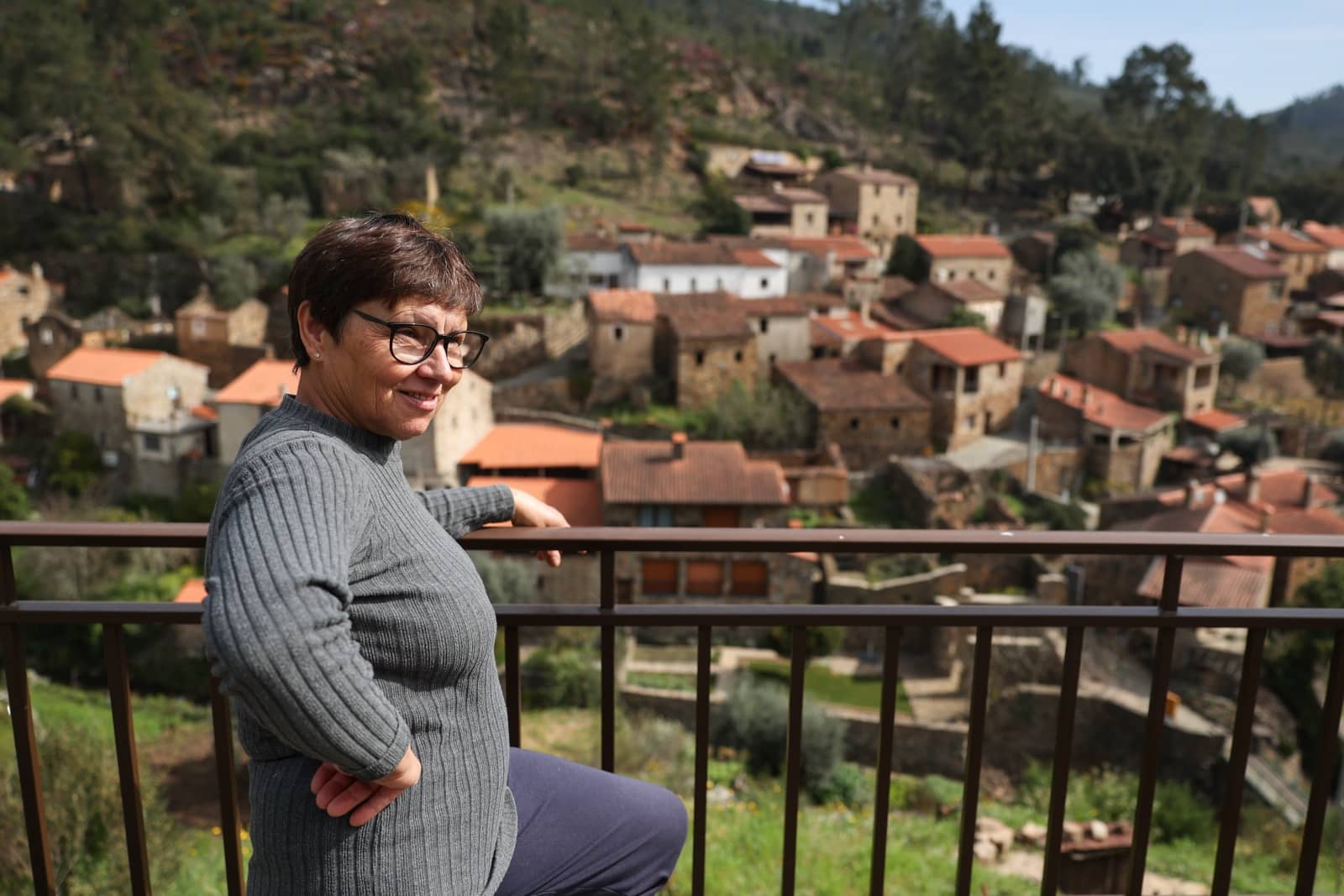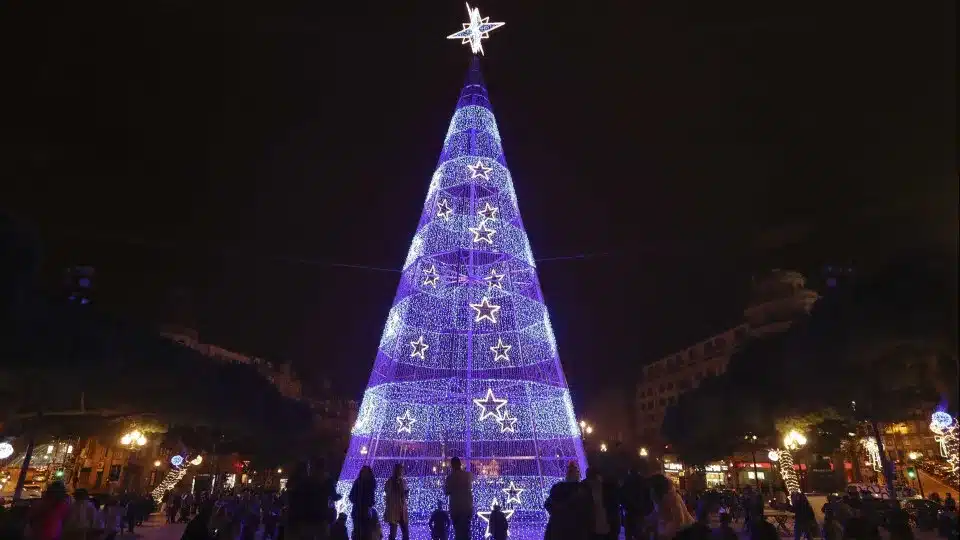After elementary school, praying daily before the crucifix and the images of Salazar and Marcello Caetano, Maria da Luz began to guard the goats on the slopes of Água Formosa (Vila de Rei), humming songs by Zeca Afonso.
It was in the neighboring municipality of Mação (Santarém), where she was studying in 1974, that she learned about the military coup that overthrew the dictatorship in April. “I went to buy bread in the morning to make my breakfast, and the people in the bakery were all agitated, ‘there’s been a revolution, there’s been a revolution in Lisbon’,” Maria da Luz Alves, 64, told Lusa, recalling the radio that broadcast the news, which was commented on by the baker and the customers.
Accustomed from an early age to domestic chores and work in the fields, she experienced her first day of freedom in the school playground at the age of 11: “The teachers were all listening to the radio and we were playing, it was a day without classes, wonderful!”
“I remember well after May 1st, those cars, all that, the revolution. I remember all the songs from April 25th, by Zeca Afonso. I used to walk up that hill with the goats and we’d sing the songs from April 25,” he said.
In Água Formosa, a schist village in the municipality of Vila de Rei, where she lived until she was 20, without electricity, Maria da Luz worked 12-hour days. “I ran all over those hills with a tin can to collect the resin from the mugs. I even earned 120 escudos. It was 10 escudos an hour,” she recalled.
Carrying water from the fountain or from the small waterfalls in the village, crossed by the Galega stream, was another task he carried out with care, in a daily life without sanitation. “I used to climb all that hill with the pitcher on my head, without often having to put my hand on it, such was my habit, my balance.”
She made her professional life in Lisbon and returned home with her husband, Luís Henriques, where she spends three weeks a month, the other to see her granddaughters. “I came home early because of my husband’s health, so I wouldn’t be in a computer chair all day,” she explained, referring to a back operation about two years ago.
The house where Maria da Luz was brought up “most of the time”, her grandmother’s house, is now home to council offices. “Where the tourist store is now, it used to be the chicken coop,” she said, lamenting the lack of inhabitants.
“That gentleman is the only old man who resists,” he said, pointing to a neighbor who was hoeing a small vegetable garden, the only activity visible on the morning that Lusa visited Água Formosa.
“These houses were all inhabited, it’s sad to see it like this,” he said. “People sold the houses, now there’s local accommodation, all that stuff, but… there was no settlement here. There was no work, there was nothing, the fields became abandoned, agriculture didn’t work and people looked for other jobs in the cities, in the towns, and left here,” he explained.
Água Formosa is located about 10 kilometers from the landmark that marks the center of Portugal and has been converted for tourism. It has three access roads, but there is no traffic inside the schist village.
Until April 25, Maria da Luz had never heard of a political alternative.
“It was only when that happened that I learned that there was a regime in which there wasn’t total freedom, only then, because until then I never knew anything about it,” he said.









